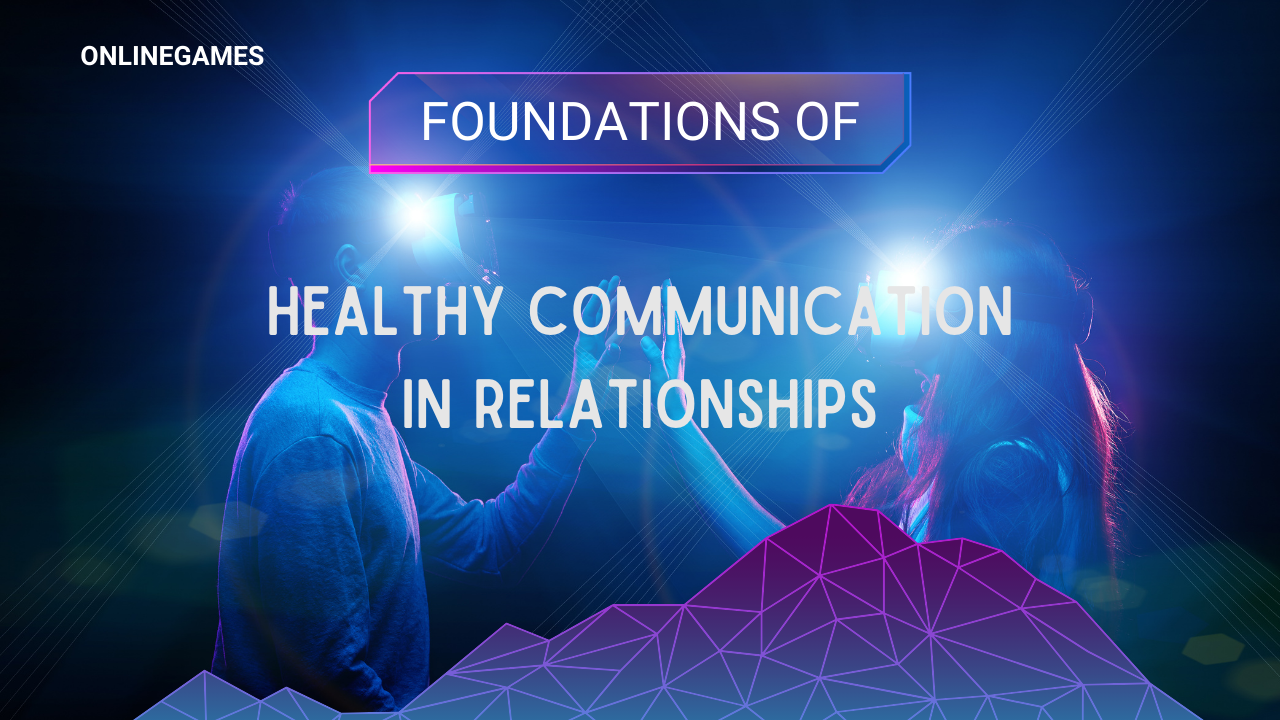Effective communication forms the bedrock of healthy relationships, fostering trust, understanding, and a profound connection between individuals. Without robust communication skills, even the most passionate relationships can falter. In this comprehensive guide, we explore the essential pillars of communication that contribute to thriving, enduring relationships.
Understanding Communication: The Core of Relationship Dynamics
Communication in relationships encompasses more than just verbal exchanges. It involves a delicate balance of verbal and non-verbal cues, active listening, and emotional intelligence. Each of these elements plays a pivotal role in how partners express their needs, desires, and concerns, thereby influencing the overall health of the relationship.
The Importance of Active Listening
Active listening is not merely hearing what your partner says; it’s about truly understanding and engaging with their perspective. This process involves maintaining eye contact, nodding affirmatively, and providing feedback that shows comprehension. Active listening helps mitigate misunderstandings and fosters an environment of mutual respect and empathy.
Techniques for Active Listening
- Maintain Eye Contact: Establishing eye contact indicates that you are fully present in the conversation.
- Reflective Feedback: Paraphrasing what your partner has said ensures clarity and shows that you value their input.
- Avoid Interrupting: Allowing your partner to speak without interruption demonstrates respect and patience.
Verbal and Non-Verbal Communication: The Synergy
Verbal communication involves the words we choose, while non-verbal communication includes body language, facial expressions, and tone of voice. Both aspects must align to convey a coherent message. Discrepancies between verbal and non-verbal cues can lead to confusion and misinterpretation.
Improving Verbal Communication
- Be Clear and Concise: Avoid ambiguity by expressing your thoughts clearly and directly.
- Use “I” Statements: This helps to express your feelings without sounding accusatory. For example, say “I feel hurt when…” instead of “You make me feel…”
- Ask Open-Ended Questions: Encourage deeper conversation and understanding by asking questions that require more than a yes or no answer.
Enhancing Non-Verbal Communication
- Observe Body Language: Positive body language includes nodding, leaning in, and maintaining an open posture.
- Mind Your Tone: A calm and steady tone can de-escalate tense situations and convey empathy.
- Facial Expressions: Ensure that your facial expressions match the emotions you are expressing verbally.
Emotional Intelligence: The Key to Understanding and Connection
Emotional intelligence (EI) is the ability to recognize, understand, and manage our own emotions, as well as to empathize with the emotions of others. High EI is crucial in navigating the complexities of relationships as it enables individuals to communicate more effectively and resolve conflicts amicably.
Components of Emotional Intelligence
- Self-Awareness: Understanding your emotions and how they affect your behaviour.
- Self-Regulation: The ability to manage your emotional responses and impulses.
- Motivation: A commitment to achieving goals and a willingness to work through challenges.
- Empathy: Recognizing and understanding the emotions of others.
- Social Skills: Building and maintaining healthy interpersonal relationships.
Developing Emotional Intelligence
- Practice Mindfulness: Being aware of your emotional state in the moment can help in managing responses and reactions.
- Empathize Actively: Try to understand situations from your partner’s perspective.
- Enhance Communication Skills: Work on verbal and non-verbal communication to improve connection and understanding.
Conflict Resolution: Turning Disputes into Opportunities for Growth
Conflicts are an inevitable part of any relationship, but how they are handled can make a significant difference. Effective conflict resolution involves addressing issues constructively and finding mutually satisfying solutions.
Steps to Effective Conflict Resolution
- Identify the Problem Clearly: Define the issue at hand without placing blame.
- Stay Calm and Composed: Manage your emotions to avoid escalating the conflict.
- Seek Understanding: Ask questions to understand the other person’s perspective fully.
- Collaborate on Solutions: Work together to find a solution that satisfies both parties.
- Agree to Disagree: Sometimes, acknowledging differing opinions without reaching a consensus can be a healthy outcome.
Building Trust: The Cornerstone of Healthy Communication
Trust is fundamental to open and honest communication. It allows individuals to feel safe in expressing themselves without fear of judgment or retribution. Building and maintaining trust requires consistent effort and integrity.
Ways to Build Trust in a Relationship
- Be Reliable: Follow through on promises and commitments.
- Communicate Openly: Share your thoughts and feelings honestly.
- Respect Boundaries: Acknowledge and respect your partner’s boundaries and privacy.
- Show Vulnerability: Sharing your vulnerabilities can deepen intimacy and trust.
- Practice Forgiveness: Be willing to forgive mistakes and move forward.
The Role of Technology in Modern Communication
In today’s digital age, technology plays a significant role in how we communicate. While it can enhance connection through instant messaging and video calls, it can also lead to misunderstandings due to the lack of non-verbal cues.
Maximizing the Benefits of Technology
- Use Video Calls for Important Conversations: This ensures that non-verbal cues are not lost.
- Set Boundaries for Digital Communication: Avoid important discussions over text to prevent miscommunication.
- Balance Digital and Face-to-Face Interactions: Make time for in-person interactions to strengthen bonds.
Conclusion: Embracing the Foundations of Healthy Communication
Healthy communication in relationships is multifaceted, involving active listening, emotional intelligence, conflict resolution, and trust-building. By committing to these foundational principles, individuals can cultivate deeper, more meaningful connections that stand the test of time.










